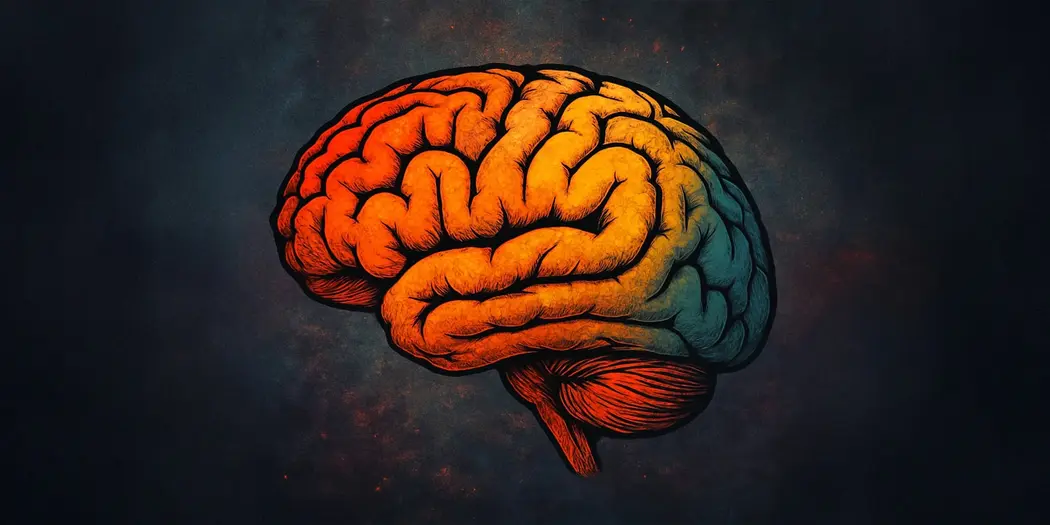T4K3.news
Study reveals striatum as key area for dopamine in the brain
New findings show dopamine is primarily concentrated in the striatum, not the cortex.
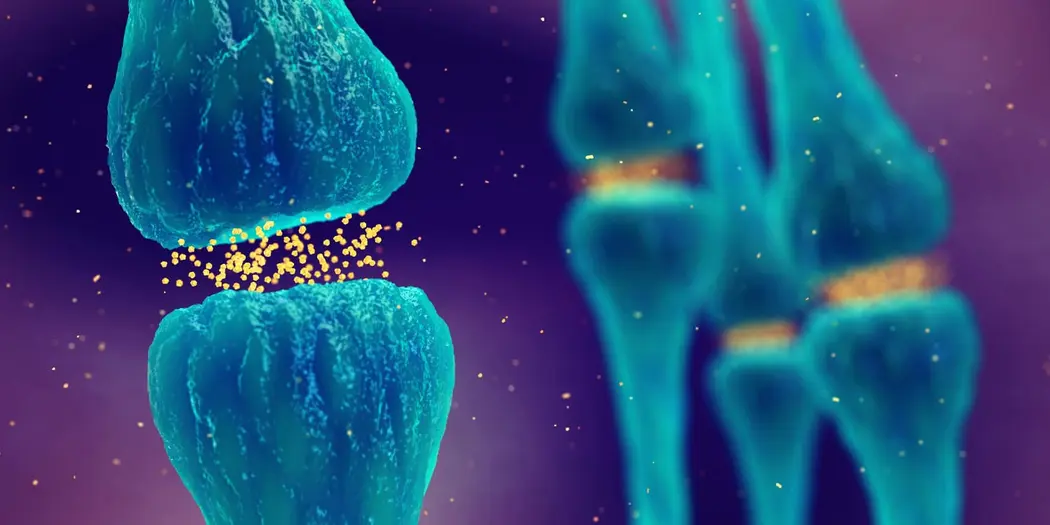
Research highlights the striatum's dominance in dopamine signaling over the cortex.
New study reveals striatum as dopamine's main center in the brain
A recent study published in Diagnostics highlights that the striatum, not the cerebral cortex, is the primary area for dopamine signals in the brain. Researchers utilized advanced confocal imaging techniques on mice and found that dopamine input is densely packed in the striatum, while the cortex shows a faint presence. This discovery has implications for understanding movement disorders and psychiatric conditions, particularly as dopamine's role is crucial in diseases like Parkinson’s and schizophrenia. The findings challenge previous assumptions about dopamine distribution and underscore the need for context when studying its effects across different brain regions.
Key Takeaways
"Dopamine is 70 times more concentrated in the striatum than in the frontal cortex."
This underscores the striatum's dominant role in dopamine signaling.
"Our robust data show clearly that the dopamine system in the striatum is the main brain dopamine system."
Zhou emphasizes the clinical relevance of the findings for drug treatments.
"Past research has yielded mixed results... These inconsistent effects may be due to the very low levels of dopamine in the cortex."
Zhou explains the limitations of previous studies on cortical dopamine.
"By building a more reliable understanding of how dopamine functions, we can support better treatments for diseases."
Zhou shares his vision for future research and its implications.
The study marks a significant shift in how scientists may approach dopamine-related research. Previous studies often focused too narrowly on the cortex, leading to inconsistent conclusions about dopamine's functions in cognition and behavior. By revealing that the striatum is overwhelmingly the main receiver of dopamine, the research opens up new avenues for understanding treatments for various brain disorders. As Fu-Ming Zhou stated, this work clarifies the dominant role of the striatum and frames future research on medications targeting dopamine pathways more accurately.
Highlights
- The striatum is the true powerhouse of dopamine signals in the brain.
- Isolation of cortical studies can misrepresent dopamine's full role.
- Dopamine is 70 times more concentrated in the striatum than the cortex.
- This study may help redefine treatment strategies for brain disorders.
Research has potential implications for drug treatments
The findings may influence how medications targeting dopamine are developed, potentially reshaping treatment approaches for psychiatric and movement disorders.
This study sets the stage for deeper exploration of dopamine's critical functions in health and disease.
Enjoyed this? Let your friends know!
Related News

New insights reveal complexities in dopamine signaling

Psychedelics map reveals broad brain targets

Cannabis Brain Study Highlights CBD Moderation
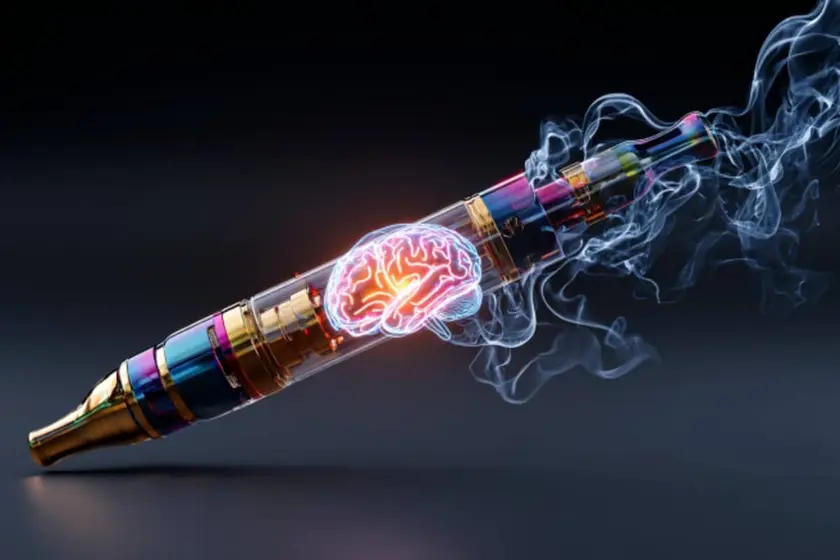
Study finds flavors in e-cigarettes drive reward systems
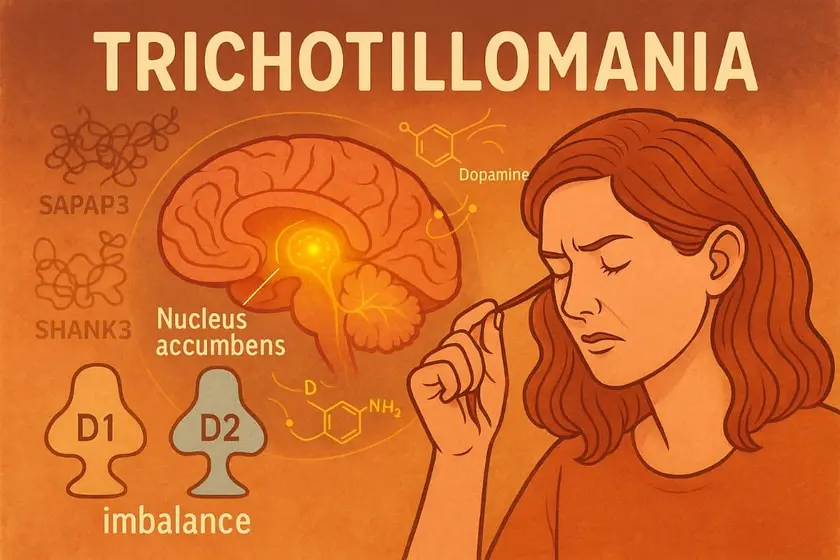
Dopamine imbalance linked to hair-pulling in mice
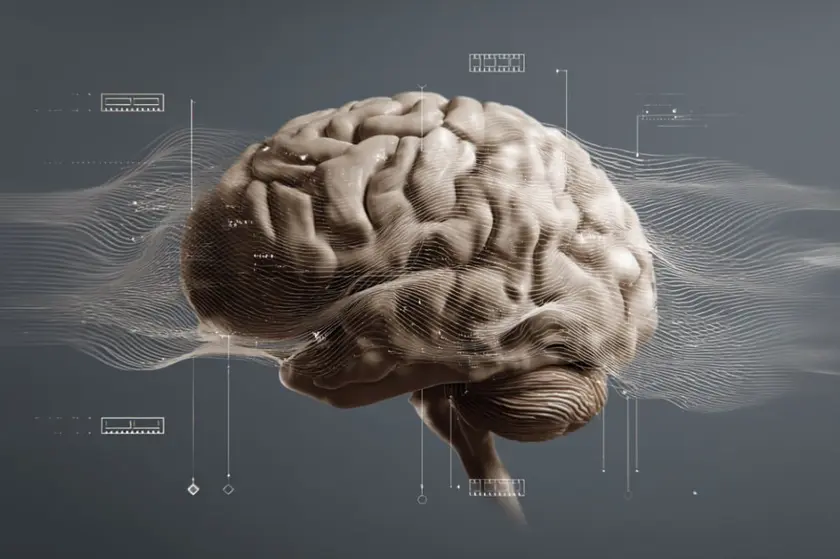
Researchers uncover new mechanisms of memory structure

Tolcapone study results

Marmoset brain circuit ties mood to left dlPFC
